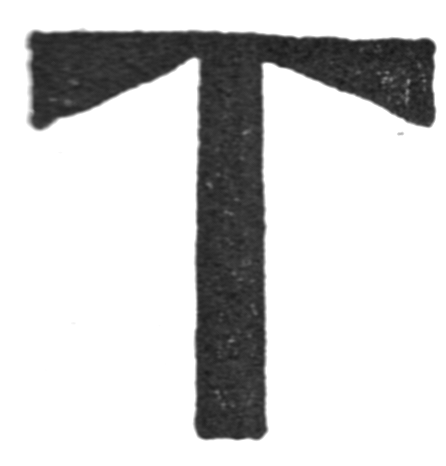 |
|
||
| Kellscraft
Studio Home Page |
Wallpaper
Images for your Computer |
Nekrassoff Informational Pages |
Web
Text-ures© Free Books on-line |
| SEVEN CITIES OF CIBOLA BY AILEEN NUSBAUM WITH PICTURES BY MARGARET FINNAN GP PUTNAM'S SONS NEW YORK LONDON 1926 To TÉ-CHA-LÉ OF HAWIKUH LONG AGO THERE WERE SEVEN TERRACED CITIES ALL REDGOLD IN THE SUNSHINE AND SO FAIR TO SEE WERE THEY THAT THE GODS CAME DOWN AND WONDERED AT WHAT MEN HAD MADE INTRODUCTION
HE
SEVEN CITIES OF CIBOLA" is a collection of Zuñi Folk Tales retold for
children. It is the account of the life and customs of the Zuñi Indians
in the days of the ancients, and was
handed down from generation to generation, long before the coming. of
the white
men. This interesting people, with their strange superstitions and
beliefs,
their childlike simplicity and rare beauty of thought, have, through
their
word-pictures, enabled us to see today a land of fancy that is unique.
The wonderful works of Frank Hamilton Cushing, James. and Matilda Cox Stevenson and Frederick Webb Hodge have preserved for the student of American ethnology the folk lore of the Zuñi Indians, and it is well that this has been done. The Zuñis have no written language. The telling of their myths is a religious rite with them, and the old men relate the stories to the younger ones. That was in the past, and is in the present; but the young men have followed in the foot-steps of modern civilization, and soon the old men will be no more. Six years ago Mr. Nusbaum was Mr. Hodge's field assistant during the excavation of Háwikuh, one of the seven cities of Cibola. Many Zuñi Indians were employed in the work, and we gained their confidence and friendship. Our seven-year-old son was adopted into the tribe, and given the name of Té-cha-lé, the Pottery Child. To Té-cha-lé the old men told many stories, and sitting a little apart, I listened silently to the treasures one little boy was having poured into his lap. Then came the wish to give other American children the privilege of hearing some of the most beautiful stories ever imagined, and stories that are not borrowed from another land, but are of the soil of our great Southwest. I wish to express my indebtedness to the late Frank Hamilton Cushing whose "Zuñi Creation Myths," "Zuñi Folk Tales" and "Zuñi Breadstuffs" have been the main source of my information; and my very special thanks to Frederick Webb Hodge for kindly advice and suggestions; to Margaret Nowell Finnan whose drawings are based on authentic Zuñi designs, costumes and customs collected through tireless research. I want to thank my many Zuñi Indian friends whose help and criticism I value; and to the little boy who furnished the inspiration. I. — THE
SEVEN CITIES
II. — THE SUMMER BIRDS OF K'YAKIME III. — HOW THE GOPHER RACED IV. — THE MAIDEN HUNTRESS V. — THE DEER'S CHILD VI. — THE LOCUST AND THE COYOTE VII. — YOUNG SWIFT-RUNNER VIII. — THE SERPENT OF THE SEA IX. — THE UGLY BOY AND THE BEAR X. — THE DRAGON FLY XI. — THE POOR MAID OF MATSAKI XII. — THE YOUNG HUNTER XIII. — THE GIFT OF THE FLUTES XIV. — THE RAVEN AND THE MACAW XV. — THE WITCH MAIDEN XVI. — HOW THE YOUTH JOURNEYED TO THE HOUSE OF THE SUN ILLUSTRATIONS "WHAT DO YOU WISH OF US, DEER OF THE FOREST MESAS AND YOU, FOSTER-CHILD OF THE DEER?" THE WOMEN BROUGHT THE MAIDEN GIFTS OF ALL THAT THEY HELD MOST PRECIOUS. WHITE MISTS FLOATED UP FROM THE WANDS OF THE MAIDENS, AND BENDING ABOVE WAS THE RAINBOW THE MAIDEN COVERED HER FACE WITH HER HANDS AND WEPT, FOR THE OLD MOUSE WITH THE BROKEN TAIL HAD WON |
